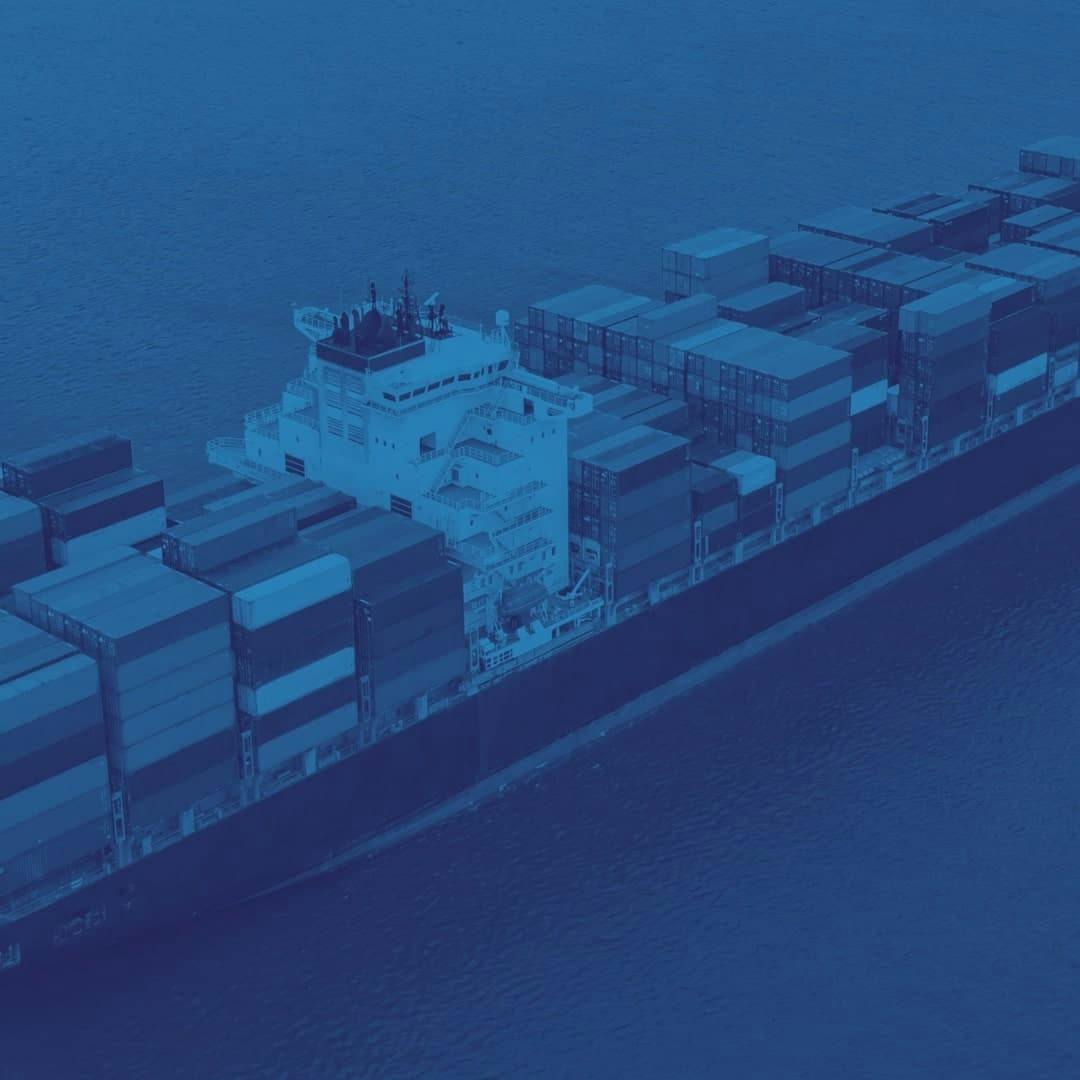Supporting the Thales ESA INFOaaS Stimulus

Technical Results
The initial development was to connect Cyfronet through SlipStream using the native interface. CloudEO ran its AIS service (ship tracking information) as an initial test of EGI capabilities. A single data file was uploaded (14GB – result file 5GB) using Gcoding data. This was run in parallel to CloudEO’s own platform to monitor performance and a successful result meant that potential business models could be taken forward.
Business aspects
This CloudEO service looks at the historical search (anything older than 72 hours) for ship positions. Other services on the market typically only address recent or real-time data. EGI helps to allow CloudEO to save CAPEX expenses. This enables CloudEO to mature this service with fewer investment risks and to open it up for research customers with fewer costs. The service also needs storage and processing power, as the received messages need to be decoded, quality checked and stored in a smart way to make the individual data sets – identifying a ships position and cargo – easily searchable. The current storage requirements are a few terabytes, but the amount is increasing daily and more complex search routines need to be set up and will benefit from a powerful cloud infrastructure. Requests for data are coming from universities, shipping companies, and regulatory agencies that increase the interest to use a public infrastructure such as EGI. The envisaged pay per use business model could help CloudEO to offer this service at attractive costs to the market. The controlled cloud platform will support different pricings for science, governments and industries and different field-of-use.
The current work was very limited in scope and was designed to only prove feasibility. This means that the next step to truly move to full business operations would be to run and analyse a pilot that evaluates real-world usage patterns and a long-term, business plan developed to pay for the services. Further financial support could help move the proof of concept to the next level, developed thanks to TEISS.

